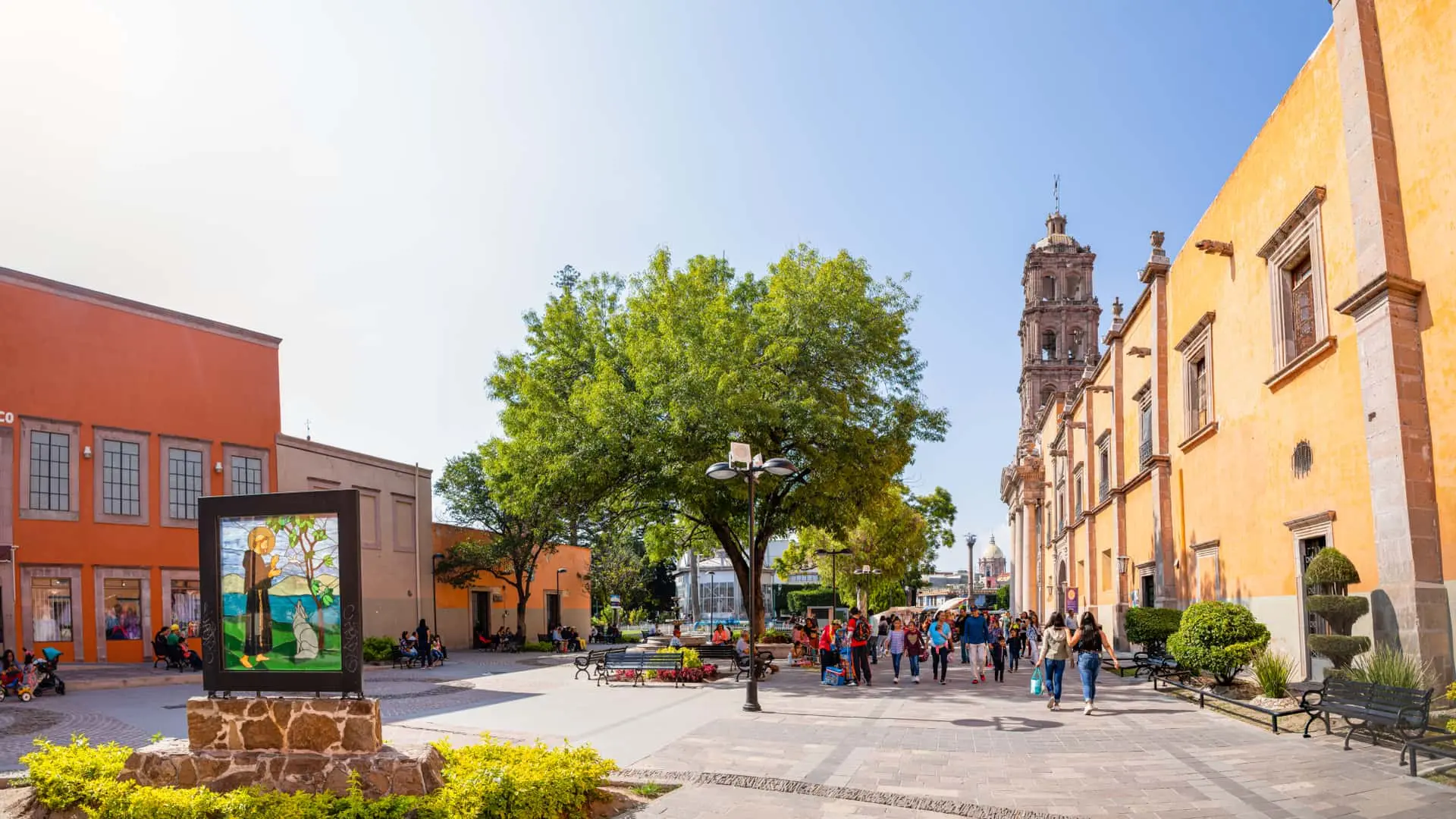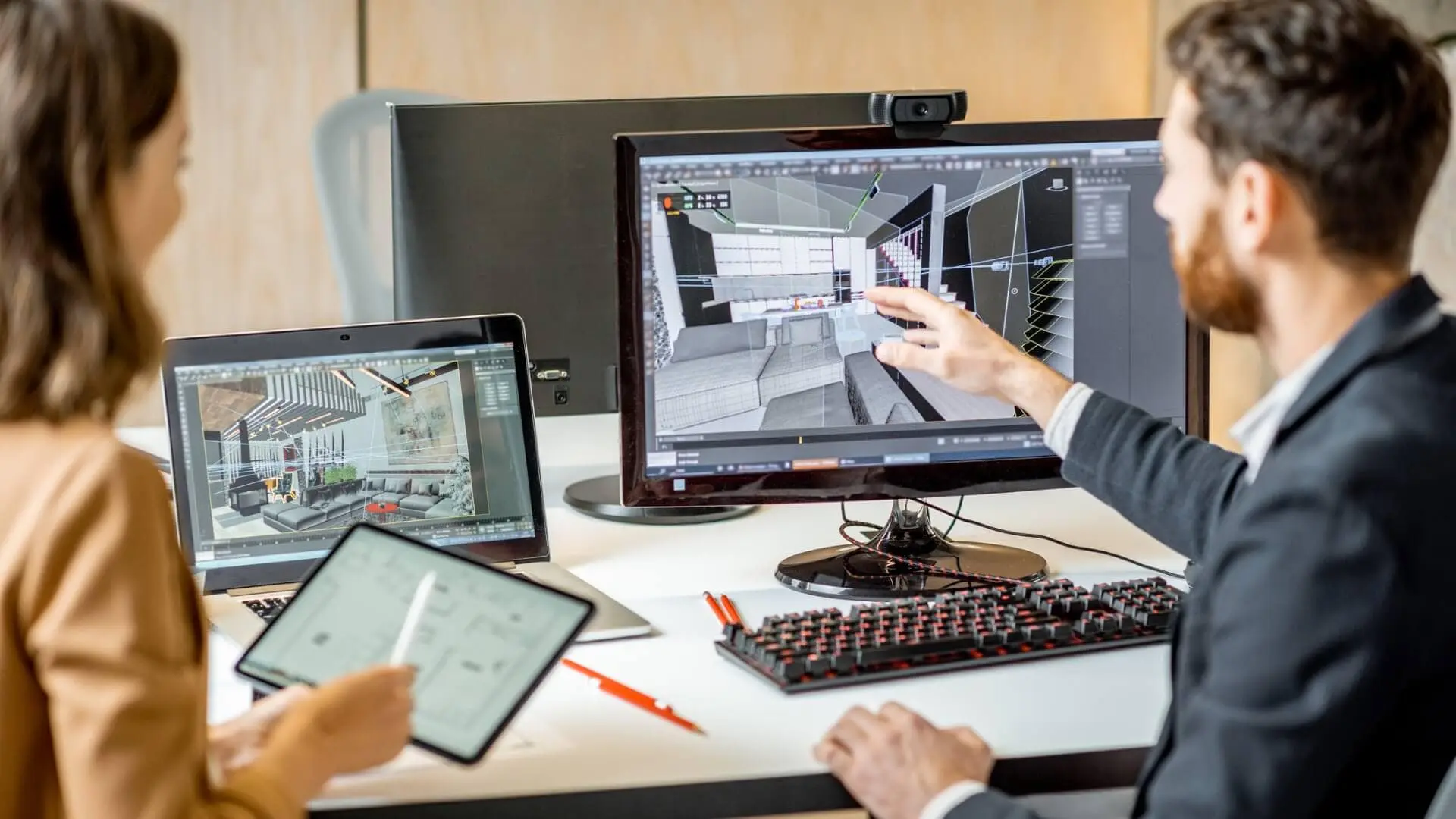Digital Citizen Participation
This article delves into how the digital era has transformed citizen participation, moving from community meetings to digital platforms that facilitate broader and more effective interaction. We explore the various technologies that are revolutionizing urban governance, from mobile applications to discussion forums on social networks, and how these advances can contribute to more inclusive and transparent urban planning. Additionally, we discuss the challenges and opportunities presented by these technologies for cities and their inhabitants.
WHAT IS DIGITAL CITIZEN PARTICIPATION?
In the digital era, citizen participation has evolved significantly, moving from a process centered on community meetings and public forums to a much broader phenomenon that includes digital platforms and social networks. Digitalization not only offers new opportunities but also expands the possibilities for involving citizens in decision-making and in the co-creation of urban policies. This fourth edition of the RICI Blog is dedicated to exploring how digital citizen participation can be effectively and efficiently integrated into sustainable urban development.
Citizen participation is a fundamental pillar in the New Urban Agenda (NUA). Cities must promote inclusive governance that allows all citizens, without exception, to actively participate in urban planning and management. Digital platforms facilitate this process by providing accessible and dynamic tools for citizens to express their opinions, collaborate on community projects, and transparently monitor public policies implemented by their local governments.
TOOLS AND TECHNOLOGIES FOR CITIZEN PARTICIPATION
The integration of digital technologies in citizen participation has revolutionized the way citizens interact with their local governments. These technologies offer a variety of tools that allow people to become more actively and directly involved in urban affairs. Below, some of the most effective tools are presented:

-
Online consultation platforms: Tools such as digital surveys and online public consultations allow citizens to provide feedback on specific projects, facilitating more inclusive and democratic participation. These platforms can be used to gather opinions on policy proposals, urban development plans, and other community interest topics, ensuring that citizens’ voices are heard and considered in the final decisions.
-
Mobile applications: Apps designed to report urban problems, such as potholes, areas without public lighting, or garbage collection issues, allow a quick and effective response from the authorities. These apps not only improve efficiency in resolving urban problems but also strengthen citizens’ trust in government institutions by providing a direct pathway for communication and immediate action.
-
Discussion forums on social networks: Spaces on platforms like Facebook, Twitter, and Reddit where citizens can debate urban issues and propose solutions. These forums allow for open and continuous dialogue between citizens and authorities, facilitating the co-creation of solutions and the exchange of innovative ideas. They also promote the building of online communities where citizens can support each other and organize to tackle local problems collaboratively.
-
Collaborative mapping: Tools like OpenStreetMap allow citizens to contribute to the creation of detailed urban maps, identifying needs and resources in their communities. This type of mapping not only helps better plan urban developments and use resources more efficiently but also empowers citizens by involving them directly in the data collection and analysis of their urban environment.
BENEFITS
Implementing strategies for digital citizen participation offers numerous benefits that contribute to sustainable urban development and more inclusive governance:
Inclusion and accessibility:
Digital platforms eliminate geographical and physical barriers, allowing more people to participate, including those with reduced mobility or living in remote areas. This ensures that a greater diversity of voices is heard, enriching the decision-making process with varied and representative perspectives from the entire community.
Transparency and accountability:
Digital tools can significantly increase transparency in urban management by allowing public tracking of government decisions and actions. Citizens can access detailed information about projects and policies, and monitor the progress and implementation of initiatives, fostering greater trust in public institutions.
Innovation and creativity:
Digital platforms facilitate collaboration and the exchange of innovative ideas among citizens, experts, and authorities. This interaction can lead to more creative and effective solutions to urban challenges, leveraging the collective knowledge and experience of the community.
CHALLENGES AND WEAKNESSES
Despite the numerous benefits, there are significant challenges in implementing digital citizen participation that must be addressed to ensure its effectiveness and equity:
Digital divide:
Not all citizens have access to the internet or technological devices, which can exclude certain groups from participation. It is essential to implement strategies to close this gap, such as providing free internet access in public spaces and offering technological devices to those who need them.
Privacy and security:
Protecting personal data and securing platforms are essential to maintaining public trust. It is crucial to develop clear and robust data protection policies and ensure that the platforms used meet the highest standards of cybersecurity to prevent breaches and misuse of information.
Training and education:
It is important to provide training on the use of digital tools to ensure that all citizens can participate effectively. This includes offering workshops and educational resources that explain how to use the platforms and understand the digital participation process. Moreover, it is vital to ensure that these trainings are accessible to all demographics, including older adults and those with less technological experience.
SUCCESSFUL EXAMPLES
Some cities have successfully implemented digital citizen participation strategies, demonstrating how these tools can transform urban governance:
-
Barcelona, Spain: The Decidim platform allows citizens to actively participate in urban planning, submit proposals, and vote on community projects. This platform not only facilitates public consultation but also promotes transparency and accountability by making all proposals and votes publicly visible.
-
Reykjavík, Iceland: Through the Better Reykjavík platform, citizens can suggest ideas to improve the city and vote on the most popular proposals. This system has effectively integrated citizens’ voices into municipal decisions, with a tangible impact on urban quality of life.
-
Mexico City, Mexico: The CDMX app facilitates direct communication between citizens and authorities to report problems and suggest improvements in real-time. This app has significantly improved the efficiency of urban management, allowing quick responses to reported issues and fostering a higher level of trust and collaboration between residents and the government.
Digital citizen participation is a powerful tool for building more inclusive, sustainable, and resilient cities. Integrating these technologies into urban planning not only empowers citizens but also enhances the effectiveness and transparency of urban governance. By addressing challenges and seizing opportunities, cities can foster deeper and more meaningful collaboration among all their inhabitants, creating more cohesive and adaptable communities to future changes.
References:
Illustrated New Urban Agenda, UN-Habitat. Recommendations Guide, UN-Habitat. “Implementation of the Urban Agenda towards 2030 - Module 1”, UN-Habitat. General Law of Human Settlements, Territorial Ordering and Urban Development, Mexico.
Download the newsletter now
Download
